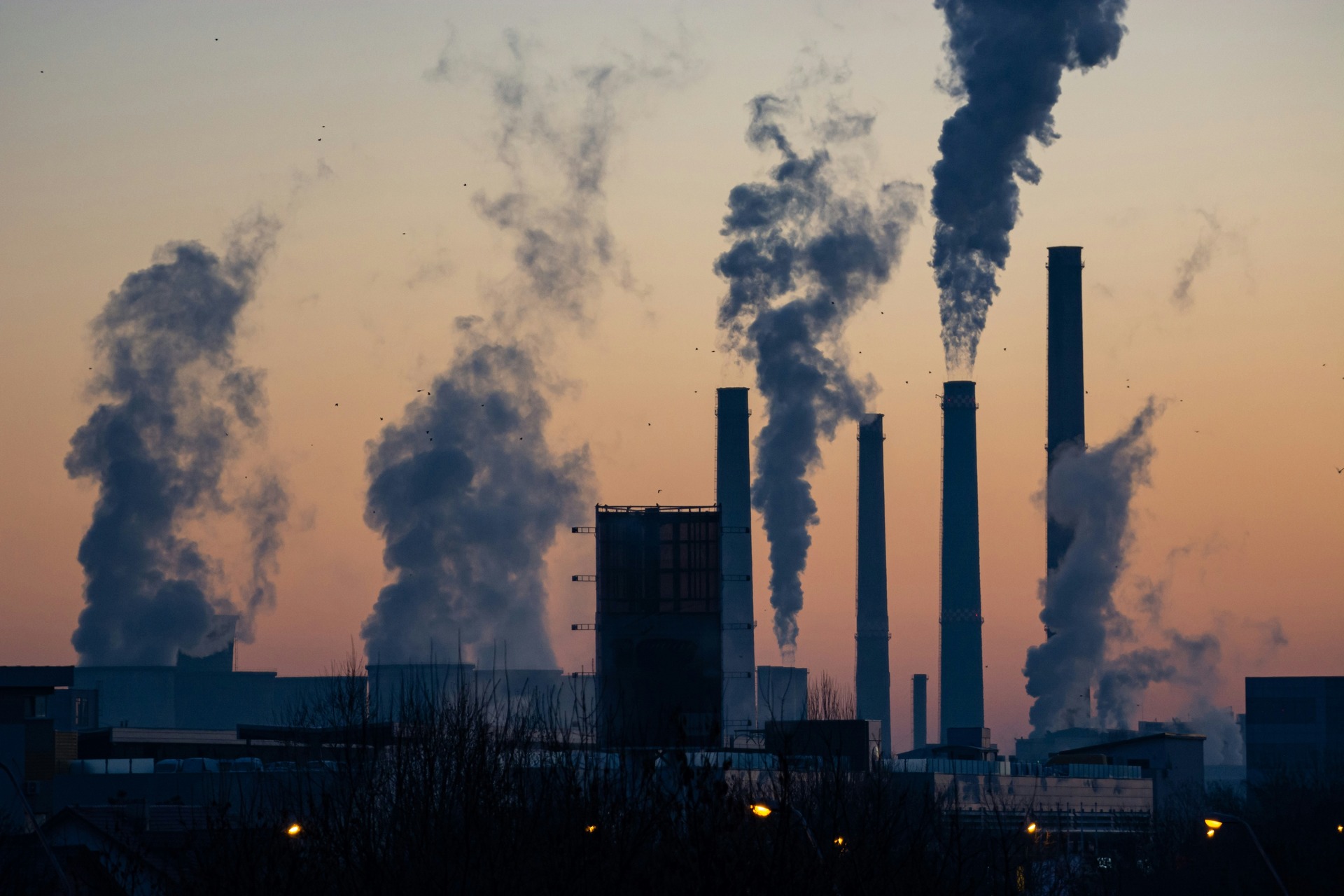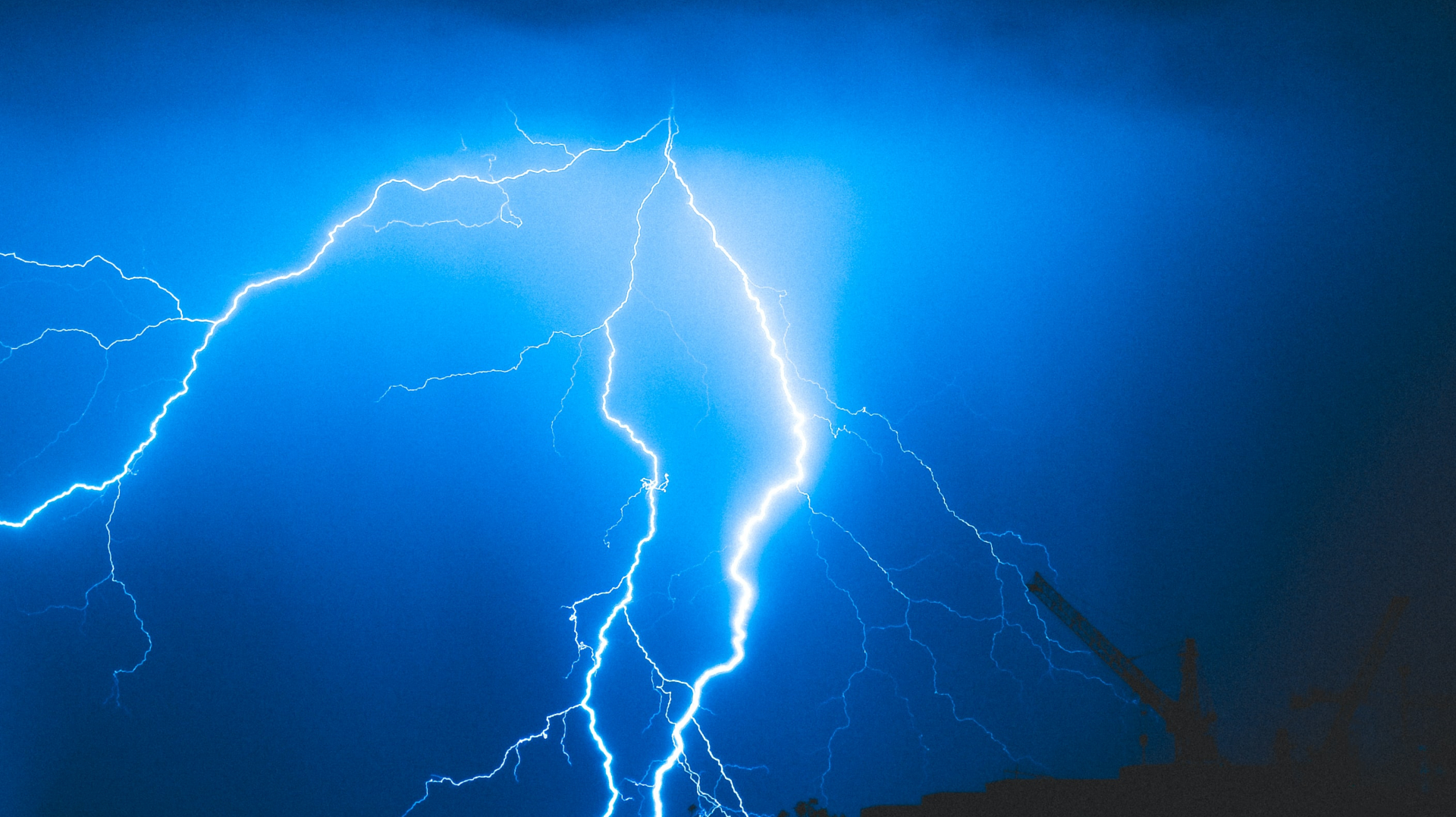
Pollution or Volcanoes: What Are the Sources of Acid Rain?
April 25, 2024 - Emily Newton
Revolutionized is reader-supported. When you buy through links on our site, we may earn an affiliate commision. Learn more here.
Rain is generally a sign of cleansing, where the aquifers recharge and animals benefit from the now-filled ponds to satisfy their thirst. However, rain isn’t always the blessing the world needs. Most people see this as torrential severe weather, but there is another hidden enemy in the droplets. Rain is supposed to be basic, but if there is too much of a certain element, it will turn into an acid. What are the sources of acid rain, and how can humans stop it from happening as frequently?
What Is Acid Rain?
Acid rain, also called acid deposition, is when precipitation contains too many acidic compounds. Though experts call the phenomenon acid rain, it can also manifest as sleet, snow and hail. It might even be a cloud of fog. This is why deposition is called wet or dry — it could even fall as dust. The pH of acid rain typically ranges from 4.2 to 4.4
Acid rain is a massive concern for natural habitats and biodiversity. Certain soils cannot handle the change, disrupting their ability to produce and distribute nutrients to plants. Some aquatic habitats lose oxygen and cannot breathe in waters that don’t maintain a more neutral pH. It also impacts humans by injecting acidic compounds into agriculture and waterways, making it harder to keep the quality of food and water adequate and safe.
How does rain suddenly change pH? The most notable pathway is through the air. For example, sulfur dioxide could float into wind currents, meshing with falling rain. This transforms its composition and properties. This matters because wildlife, soil and waterways are used to rain being a specific pH. When this is atypical, it disrupts species and habitat health.
The next logical question is where do these acidic compounds originate? That’s where we will explore the two categories of acid rain sources — human-induced influences and natural processes.

Anthropogenic Sources of Acid Rain
From everything including agriculture to industry, there are human-influenced activities that have changed environments in a way that would not have happened naturally. All these catalysts fall under the umbrella of pollution, but what are they more specifically? What are human actions that cause the most acid rain?
Industry
Intense machinery, mining, and energy- and resource-intensive production create the famous smokestacks people are familiar with seeing on the horizon. Though they look like clouds, they are far more dangerous.
Transportation
Gasoline and diesel emit high concentrations of sulfur dioxide and nitrogen oxide. It is one of the most polluting industries on the planet, responsible for 29% of emissions in the U.S. Many byproducts make acid rain worse. Some exhausts have filters, which capture the most acidic elements, but this is not a certainty in every vehicle.
Livestock Agriculture
Raising animals in agriculture is one of the less-prominent causes of acid rain, but it is notable, especially given the scale of many modern agricultural outfits. Farm animals are responsible for organic matter that releases ammonia, in addition to the other common acid rain culprits. These form a deadly combo.
Energy and Heating
The energy industry is particularly flawed when emitting acidic compounds, especially when it translates to another top-polluting sector — buildings. Excessive energy consumption encouraged by urban heat islands and antiquated infrastructure causes people to use more resources than they would have if structures were updated, green and efficient.

Natural Sources of Acid Rain
There are more anthropogenic sources of acid rain compared to organic, but they do exist. What do they include?
Just as human-focused causes all results from pollutants, most natural sources of acid rain are from natural disasters. Volcanic eruptions, wildfires, earthquakes and storms are only a few. The destruction and pollutants released from either the natural processes or the eradication of urban landscapes equal tons of acid entering the air.
Another influence is dying vegetation. As plants decay, they naturally release acidic components. Though this is a constant occurrence, it is the influx of human causes that makes the Earth unable to maintain its balance. Until anthropogenic climate change, nature was mostly equipped to handle these fluctuations in acidity.
What Can We Do?
Individuals and corporations must contribute to reducing specific behaviors that catalyze the likelihood of acid rain. Most recommendations for reversing the climate crisis apply when mitigating the intensity of acid rain. However, some are more influential than others based on knowing the most catastrophic anthropogenic influences.
The first is electrified transportation. Using fewer fossil fuels would be monumental in removing the amount of nitrogen oxide and sulfur dioxide from the air from exhaust fumes. However, this is not the only way to discourage individualized, gas-powered transportation. Cities must also incorporate more walkable and bicycle-friendly areas. Incorporating more public transportation is also a must.
Raising awareness and education about acid rain is another systemic and institutional shift that must happen. Many people are unaware of the sources of acid rain or its side effects. Making it mandatory to incorporate it into education would have a better chance of solidifying the next generation of environmental stewards.

Finally, everyone everywhere could make the switch to renewable energy. The intensity and destruction of raw material extraction only add to the acidity of the pollutants created from production and distribution. Moving to green, clean energy would take countless acidic compounds out of the air.
All these actions cannot happen without collaboration and legislation. Regulatory action is the only way these actions can be instituted, enforced and funded sustainably — both financially and from an eco-conscious perspective.
Burning Up
The sources of acid rain seem inconsequential, and most people don’t even know when precipitation grows more dangerous until they literally feel it. However, plant life and biodiversity feel it much faster than humans do. To ensure air, water and soil also stay intact, humans should move toward clean energy and circular economies to rid the planet of pollutants and dangerous chemicals. If not, acid rain will worsen beyond repair. Luckily, it is manageable with current technologies — all we have to do is collaborate.
Revolutionized is reader-supported. When you buy through links on our site, we may earn an affiliate commision. Learn more here.
Author
Emily Newton
Emily Newton is a technology and industrial journalist and the Editor in Chief of Revolutionized. She manages the sites publishing schedule, SEO optimization and content strategy. Emily enjoys writing and researching articles about how technology is changing every industry. When she isn't working, Emily enjoys playing video games or curling up with a good book.




